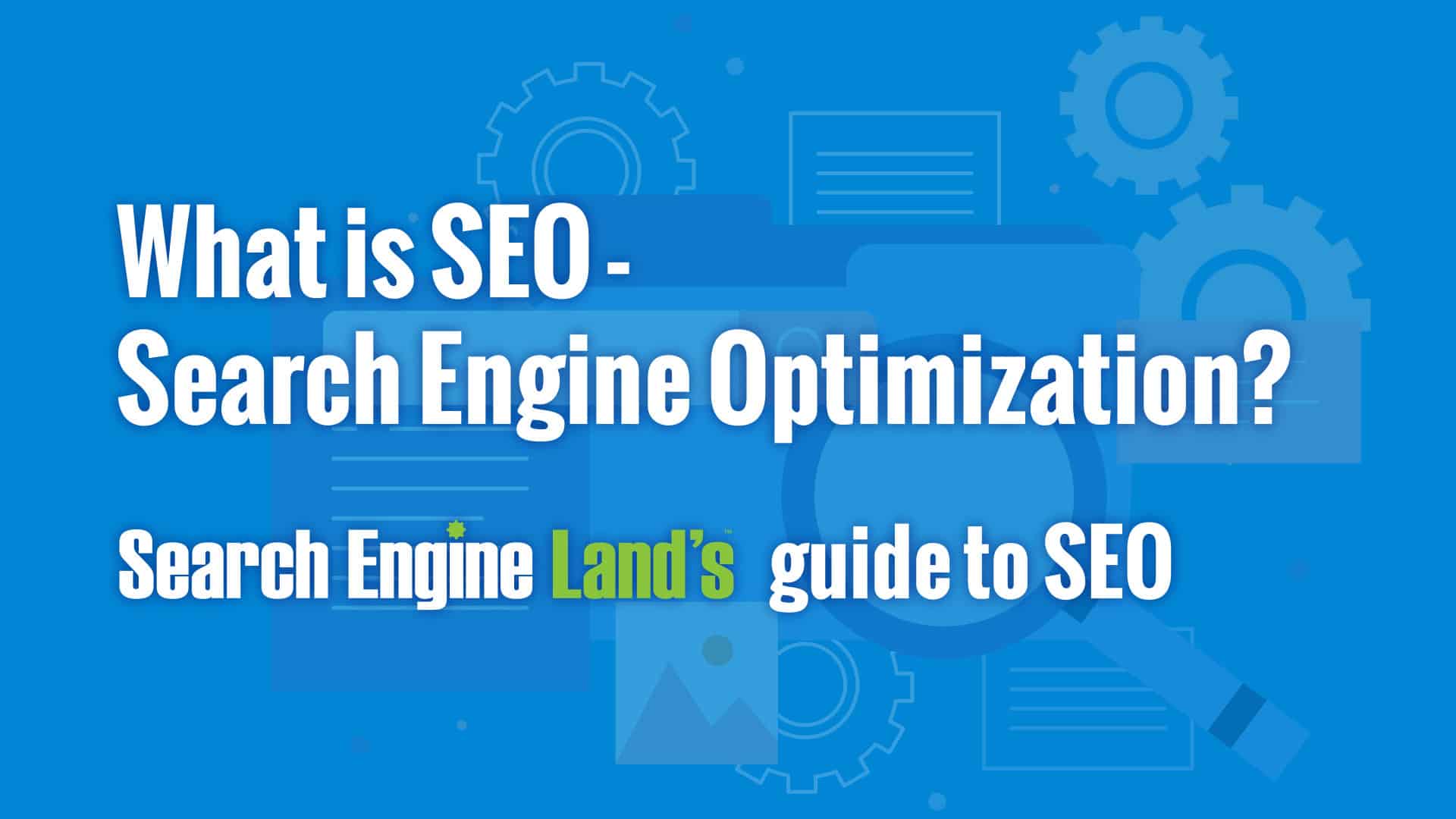Importance of On-Page SEO

On-Page SEO plays a crucial role in improving the visibility and relevance of individual website pages. By optimizing elements such as keywords, meta descriptions, and content, businesses can enhance their search engine rankings and attract more organic traffic. Furthermore, implementing effective on-page SEO strategies ensures a positive user experience by providing relevant information and easy navigation. Overall, on-page SEO is essential for boosting website performance, increasing online presence, and ultimately driving conversions.
Understanding Keywords and Meta Descriptions

Keywords and meta descriptions are crucial elements in on-page SEO. Keywords are the search terms that users enter into search engines, while meta descriptions provide a brief summary of a web page. By understanding keywords, businesses can optimize their content to match what users are searching for, increasing visibility and relevance. Meta descriptions play a role in attracting clicks by providing enticing information about the page in search results. Together, keywords and meta descriptions help improve website rankings and drive organic traffic.
Impact of On-Page SEO on Website Ranking

On-Page SEO plays a crucial role in determining the ranking of a website on search engine results pages (SERPs). By optimizing elements such as title tags, meta descriptions, and content with relevant keywords, websites can improve their visibility and relevance to search engines. This, in turn, leads to higher rankings and increased organic traffic. Additionally, properly structured URLs, internal linking, and optimized images contribute to a positive user experience and further enhance a website’s ranking potential. Overall, effective On-Page SEO techniques directly impact website ranking and online visibility.
Choosing the Right Keywords

Choosing the right keywords is crucial for effective on-page SEO. It involves researching relevant keywords that align with your website’s content and target audience. By understanding what users are searching for, you can optimize your website to appear in relevant search results. Utilizing long-tail keywords, which are more specific and have lower competition, can also improve your SEO results. Remember to choose keywords that accurately represent your content and align with user intent. By selecting the right keywords, you can significantly enhance your website’s ranking potential and attract organic traffic.
Researching Relevant Keywords

Researching relevant keywords is a critical step in on-page SEO. By conducting thorough keyword research, you can identify the terms and phrases that your target audience is searching for. This enables you to optimize your website content with these keywords, increasing the likelihood of appearing in search results. When choosing keywords, it’s important to consider relevance and user intent. Look for words and phrases that accurately represent your content and align with what users are looking for. By selecting the right keywords, you can enhance your website’s visibility and attract organic traffic.
Utilizing Long-Tail Keywords for Better SEO Results

Utilizing long-tail keywords is essential for achieving better SEO results. These specific phrases target a niche audience or address a particular problem, increasing the relevance and visibility of your content. By optimizing your title tags, meta descriptions, headings, and URLs with long-tail keywords, you enhance your website’s chances of ranking higher in search engine results. It is also beneficial to incorporate variations and synonyms of the main keyword to further expand your reach. Following these best practices can greatly improve the effectiveness of your SEO strategy.
Crafting Effective Meta Descriptions

Crafting effective meta descriptions is crucial for optimizing your website’s on-page SEO. These short snippets of text provide a concise summary of your webpage’s content and entice users to click through from search engine results. To create compelling meta descriptions, keep them the right length (around 160 characters on desktop and 120 characters on mobile), make them unique, include relevant keywords, write for the user, and use power words to grab attention. By accurately reflecting the content and compelling action, you can maximize the impact of your meta descriptions in driving traffic to your site.
Importance of Meta Descriptions in Search Results

Meta descriptions play a crucial role in search results. They provide a concise summary of your webpage’s content and serve as an organic ad for your site. When your page ranks for a keyword, search engines often display the meta description as a preview of the page. A well-crafted meta description can greatly impact click-through rates and attract more users to visit your site. By writing engaging and concise meta descriptions, you can maximize the visibility of your website and drive more traffic from search engine results pages.
Tips for Writing Compelling Meta Descriptions

When it comes to writing compelling meta descriptions, there are a few key tips to keep in mind. First, make sure to keep your meta description concise and engaging, utilizing the limited character count effectively. Secondly, focus on capturing the essence of your webpage’s content and highlighting its unique value proposition. Additionally, consider including a call-to-action that encourages users to click on your link. Lastly, ensure that your meta description aligns with the actual content of the page to provide an accurate preview. By following these tips, you can create enticing meta descriptions that attract more clicks and drive traffic to your website.
Implementing Keywords in Content

When it comes to implementing keywords in your content, it’s crucial to strike a balance between optimization and readability. Start by strategically placing your target keywords throughout the body of your text, ensuring they flow naturally within the context. Avoid keyword stuffing, as search engines penalize this practice. Instead, focus on creating high-quality and informative content that resonates with your audience. Incorporate variations of your keywords to capture different search intents. Remember to optimize other elements such as headings, meta tags, and image alt tags with relevant keywords for a well-rounded SEO strategy.
Strategies for Keyword Placement in Content

When it comes to placing keywords in your content, there are several effective strategies to consider. First, include your target keyword in the page’s title and headings (H1, H2, etc.) to signal its importance to search engines. Next, ensure that the keyword appears naturally within the first paragraph of your content. Throughout the rest of the article or blog post, incorporate variations of the keyword in subheadings and as part of informative and engaging sentences. Lastly, optimize meta tags and descriptions with relevant keywords for better visibility. By following these strategies, you can improve your on-page SEO and attract more organic traffic.
Writing SEO-Friendly Content with Keywords

When it comes to writing SEO-friendly content with keywords, it’s important to strike a balance between engaging and concise. Start by incorporating your target keyword naturally throughout the article or blog post. Use variations of the keyword in subheadings to make the content more interesting and informative. Remember to write for your audience first and optimize for search engines second. Keep your sentences clear and concise, avoiding unnecessary fluff. By creating engaging content that incorporates relevant keywords, you can improve your on-page SEO and attract more organic traffic.
Optimizing Meta Descriptions

Optimizing meta descriptions is crucial for improving your website’s visibility in search results. A well-crafted meta description can entice users to click on your link and visit your site. To optimize your meta descriptions, consider using relevant keywords that accurately describe the content of your page. Keep the description concise, usually around 150-160 characters, and make it engaging by highlighting the unique value proposition or offering a solution to a problem. Remember to write unique meta descriptions for each page and avoid duplicate content.
Tools for Meta Description Analysis and Optimization

When it comes to optimizing meta descriptions, there are several tools available that can help analyze and improve your content. These tools provide insights into the effectiveness of your current meta descriptions and offer suggestions for optimization. Some popular options include Yoast SEO, SEMrush, and Moz Pro. These tools allow you to analyze the length, readability, and keyword usage in your meta descriptions. They also provide recommendations on how to make them more engaging and compelling. By utilizing these tools, you can ensure that your meta descriptions are optimized for maximum impact in search results.
Examples of Well-Optimized Meta Descriptions

Well-optimized meta descriptions play a crucial role in attracting clicks from search engine results pages. Here are some examples of engaging and concise meta descriptions:
- “Discover the best on-page SEO techniques for WordPress websites. Boost your rankings and drive more organic traffic with our step-by-step guide.”
- “Looking for effective keyword research strategies? Learn how to find high-performing keywords that will skyrocket your website’s visibility in search engine rankings.”
- “Get expert tips on crafting compelling meta descriptions that captivate users and improve click-through rates. Enhance your website’s online presence today.”
- “Optimize your content with targeted long-tail keywords to rank higher in search results and reach your target audience effectively.”
- “Unlock the power of data-driven SEO strategies to monitor keyword performance, enhance meta descriptions, and stay ahead of the competition.”
By using these well-crafted meta descriptions, you can increase user engagement, attract more clicks, and boost your website’s visibility in search engine results pages.
Monitoring and Adjusting SEO Strategies

Monitoring and adjusting SEO strategies is crucial for staying ahead of the competition. By tracking the performance of keywords and meta descriptions, you can identify areas for improvement and make data-driven decisions to optimize your website’s visibility. Utilize tools for meta description analysis and optimization to enhance click-through rates. Stay updated on algorithm changes, adapt your strategies accordingly, and future-proof your SEO efforts. Educate clients on the importance of SEO success by translating analytics into tangible results. With continuous monitoring and adjustments, you can ensure long-term SEO success.
Tracking Performance of Keywords and Meta Descriptions

To ensure the effectiveness of your SEO strategies, it is crucial to track the performance of your keywords and meta descriptions. By monitoring their performance, you can identify areas for improvement and make data-driven decisions to optimize your website’s visibility. Utilize tools for meta description analysis and optimization to enhance click-through rates. Stay updated on algorithm changes, adapt your strategies accordingly, and future-proof your SEO efforts. Educate clients on the importance of SEO success by translating analytics into tangible results. With continuous monitoring and adjustments, you can ensure long-term SEO success.
Making Data-Driven Decisions for SEO Improvement

To ensure the effectiveness of your SEO strategies, it is crucial to track the performance of your keywords and meta descriptions. By monitoring their performance, you can identify areas for improvement and make data-driven decisions to optimize your website’s visibility. Utilize tools for meta description analysis and optimization to enhance click-through rates. Stay updated on algorithm changes, adapt your strategies accordingly, and future-proof your SEO efforts. Educate clients on the importance of SEO success by translating analytics into tangible results. With continuous monitoring and adjustments, you can ensure long-term SEO success.
